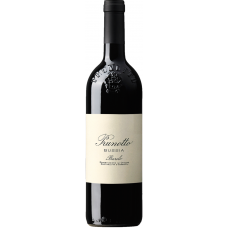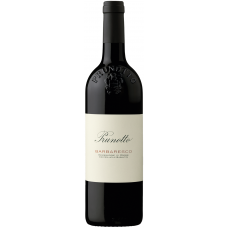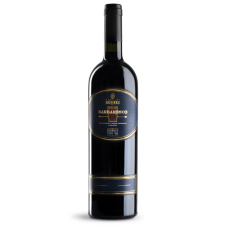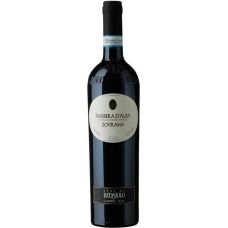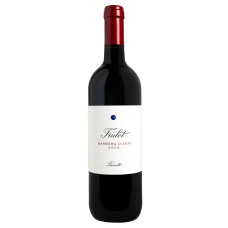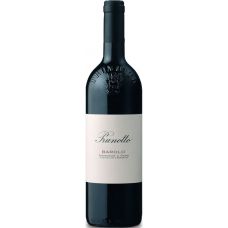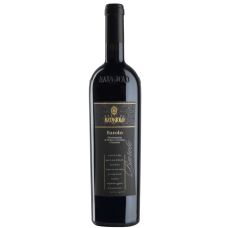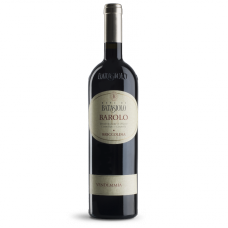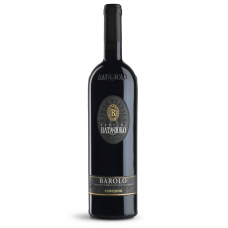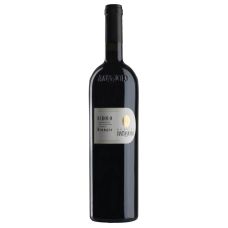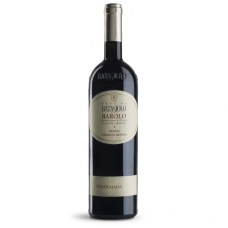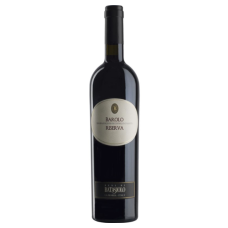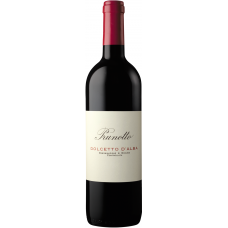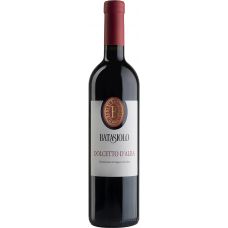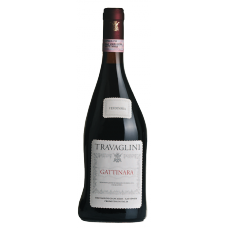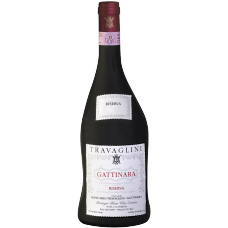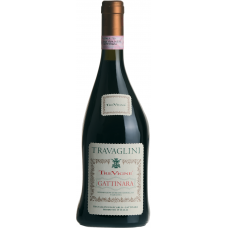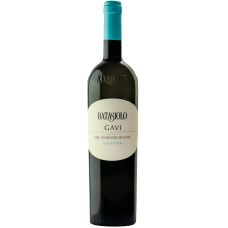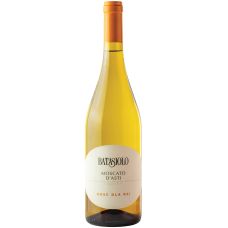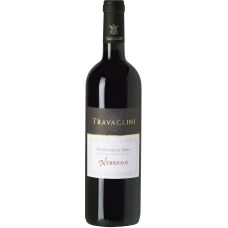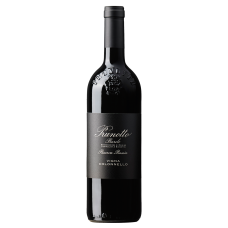Piedmont is both geographically and culturally linked to France, and is frequently likened to the region of Burgundy in particular Small vineyard plots with neat rows of vines are planted to a wealth of native varietals which enjoy similar attention and prestige Barolo—the wine that put Piedmont on the map—was developed in the 19th century by French oenologist Louis Oudart, whose patron, Giuletta Falletti, the Marquise of Barolo, had craved something other than the sweeter versions of the day (The residual sugar was often a product of cold cellars at the time of fermentation for late-harvesting Nebbiolo; the low temperatures arrested the fermentation before all the sugar had been converted to alcohol.
) Piedmont’s French ‘connection’ extends beyond the winemaking scene, as it was formerly part of the Savoy kingdom As a region, it had all the advantages of belonging to French Europe, and it also enjoyed tranquility through some of the more tumultuous periods of its history Literally surrounded by dramatic mountain ranges, Piedmont was protected from any political turmoil during the Habsburg, Bourbon and papal dominations from the 16th century forward Yet Piedmont did have the advantages of benefiting from Europe’s period of Enlightenment (the age of discovery), and all of its resulting prosperity.
Piedmont then played a major role in triggering Italy’s own industrial revolution, and was a driving force behind Italy’s reunification in the 19th century Piedmont is the largest wine region in the country, producing, along with Tuscany, the majority of the fine wines of Italy, currently boasting the most DOCGs—nine in total! The latest wine to get a promotion to DOCG was Dolcetto di Dogliani in 2006 In terms of DOCG volume output, the production quantity of the Moscato d'Asti DOCG (more than 20,800 gallons per year) is second only to that of the Chianti DOCG It is also a little known fact that Asti produces more sparkling wine than any other wine region in the world, with the exception of the Champagne.
The hearty wines of Piedmont are complemented by its rich cuisine, featuring butter and cream in lieu of olive oil The signature ingredient of Piedmontese cooking is the rare white truffle Though the French have had some influence on the region’s cuisine, it is the traditional peasant food from the hills that is still enjoyed today These robust and earthy foods bring out the best in the powerful, yet graceful, wines.
.
- 750ml
- 750ml
- 750ml
- 750ml
- 750ml
- 750ml
- 750ml
- 750ml
- 750ml
- 750ml
- 750ml
- 750ml
- 750ml
- 750ml
- 750ml
- 750ml
- 750ml
- 750ml
- 750ml
- 750 ml
- 750ml
- 750ml


